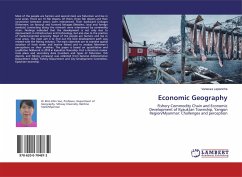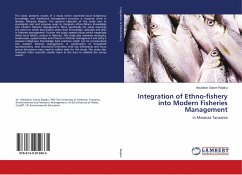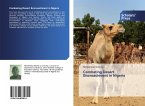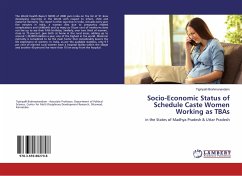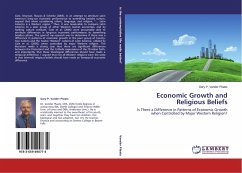Most of the people are farmers and second most are fishermen and live in rural areas. There are 10 fish depots. Of them, three fish depots and their connection between actors were interviewed. Their backward Linkages (Fishermen, ice factory) and forward linkages (Retailers, local and foreign markets) connecting along the network were interviewed by commodity chain. Findings indicated that the development is not only due to improvement in infrastructure and technology, but also due to the practice of market-oriented economy. Most of the people are farmers and live in rural areas. The main aim is to find out the best development path way related with the fishing industry. The main objectives are to examine spatial variation of fresh water and marine fishery and to analysis fishermen's perceptions on their activities. The paper is based on quantitative and qualitative fieldwork in 2018 in Kyauktan Township. First a literature review took place and secondary data (numbers and types of fishermen, fish depots, and fishing company) was collected from General Administrative Department (GAD), Fishery Department and City Development Committee, Kyauktan township.

